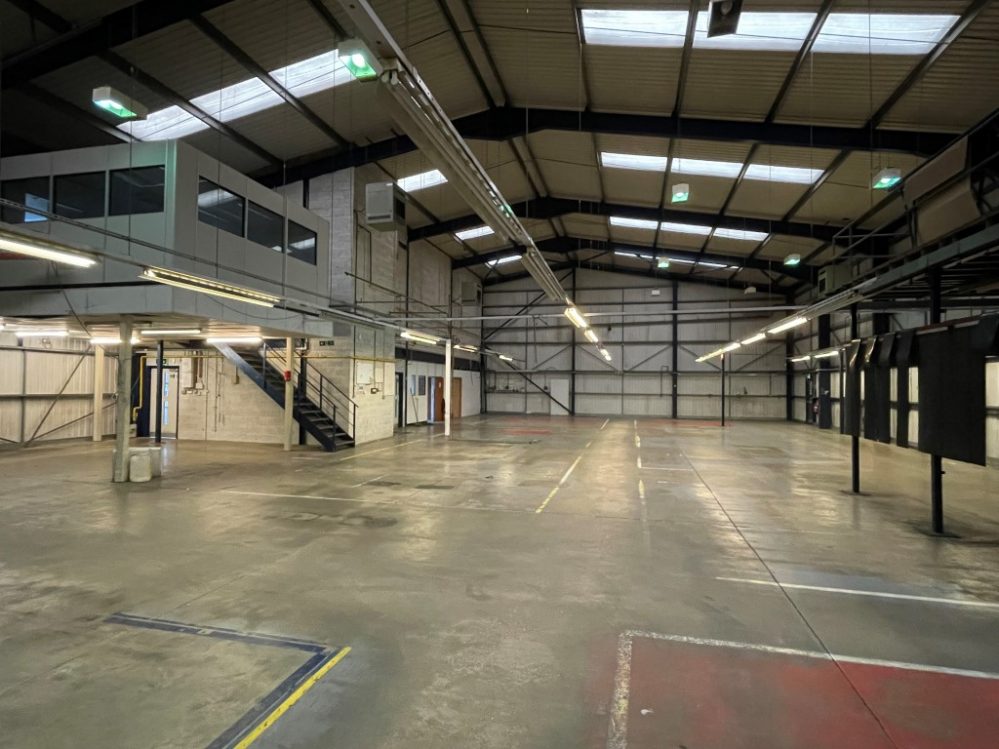What happens if I need to end my commercial lease before the contract ends?
PallMall Business Support Finance GuidesThere are plenty of possible scenarios as to why you may need to end a commercial lease before its official end date. At the positive end of the spectrum, your business may have unexpectedly outgrown your workspace. At the opposite end, your business may be struggling financially and downsizing to smaller premises with reduced overheads seems the only option.
However you’ve come to the decision that you need to end a commercial lease early, it’s not quite as straightforward as you may think. Ultimately, it all depends on what was agreed in the terms and conditions of your legally binding tenancy agreement on day one.
Break clauses explained
One vital safeguard some businesses seek to include in their tenancy agreement is a break clause. This is an open-ended opportunity that allows both landlords and tenants to end a commercial lease after a predefined time period, without incurring a financial penalty.
According to GOV.UK, tenants must provide landlords with at least two months’ notice that they wish to activate the break clause. On the flip side, property landlords can only activate a break clause providing their tenant agrees – or fails to pay rent or meet other obligations stated in the lease. This gives genuine tenants a little breathing space that the ball is firmly in their court.
Proposing a lease surrender
If there is no break clause included in your existing tenancy agreement, another option may be to negotiate the surrender of your lease. Though this may mean a large up-front outlay, it may be cheaper than remaining in the premises until the end of your lease.
When making a financial proposal to your landlord regarding a lease surrender, be mindful that they will expect an offer in line with current market conditions and are not obliged to accept offers below the property’s market value. As part of a lease surrender, it’s also important to seek professional legal advice to clarify whether or not you would have any outstanding liabilities or legal obligations after surrender.
Reassigning your lease or sub-letting to new tenants
If your property landlord has no appetite to accept the surrender of your lease, they may be more willing to allow you to reassign your commercial lease to a third party. The onus will be squarely on you to specify a replacement tenant. You’ll need to make it clear to them that they must meet all the terms of the existing lease for the landlord to consent the reassignment. Landlords will also typically require references and proof of the third party’s financial status for reassurance.
Last but by no means least, sub-letting could be a solution to your problems, particularly if you are experiencing financial difficulties. You’ll need to seek permission from your landlord first, but it may be possible to sub-let some or all of the premises. The incoming rent from the third party will cover your own financial obligations to the landlord and can never amount to more than the value of your own rent. The terms and conditions of a ‘sub-lease’ will usually be identical to your own lease. However, you will have primary responsibility for ensuring the premises is well-maintained for the duration of the sub-tenancy.
Finding new commercial space to rent as a new or growing business is an exciting time, but it’s important to keep your head in the game. Before you sign on the dotted line, be sure to seek professional legal advice on whether the terms offered by your prospective landlord are deemed satisfactory for your unique scenario.
Pall Mall Estates have a wide range of low cost commercial properties across the UK. Take a look at our available spaces here or get in touch with our experienced team here.
—
Pall Mall Estates have a wide range of low cost commercial properties across the UK.
Take a look at our available spaces here or get in touch with our experienced team here.







